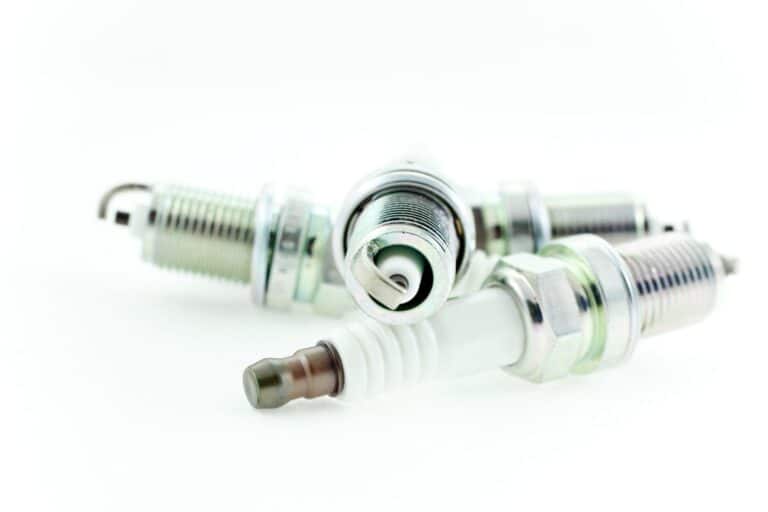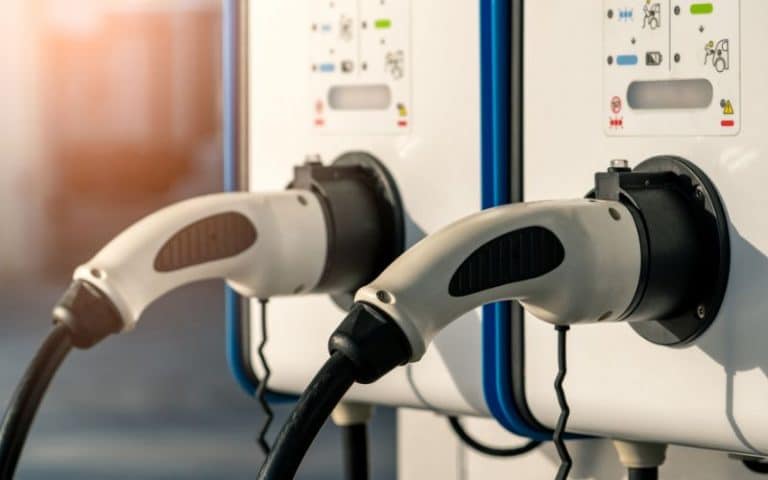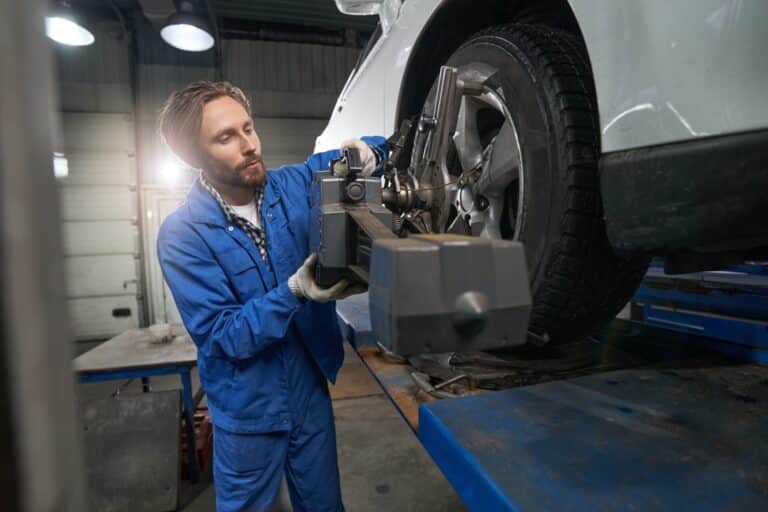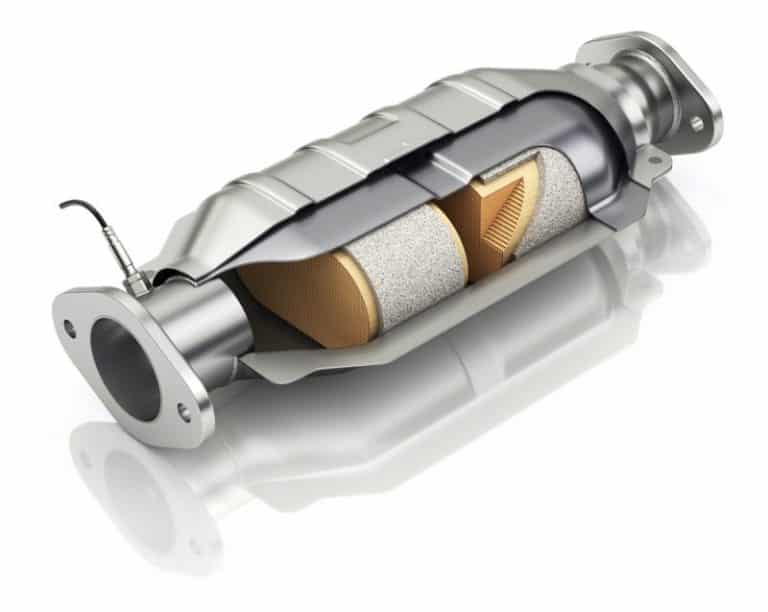What Does A Catalytic Converter Heat Shield Do?
Some people tend to discard their catalytic converter heat shield. Others forget when they service their vehicles, and the catalytic converter is touched at the local mechanic shops.
But they don’t know that the catalytic converter heat shield protects other parts of your car.
The catalytic converter heat shield reduces the interior temperatures and protects the catalytic converter from excess heat. It can also try to stop or reduce the transmissions from high temperatures.
Do I Need A Heat Shield On My Catalytic Converter?
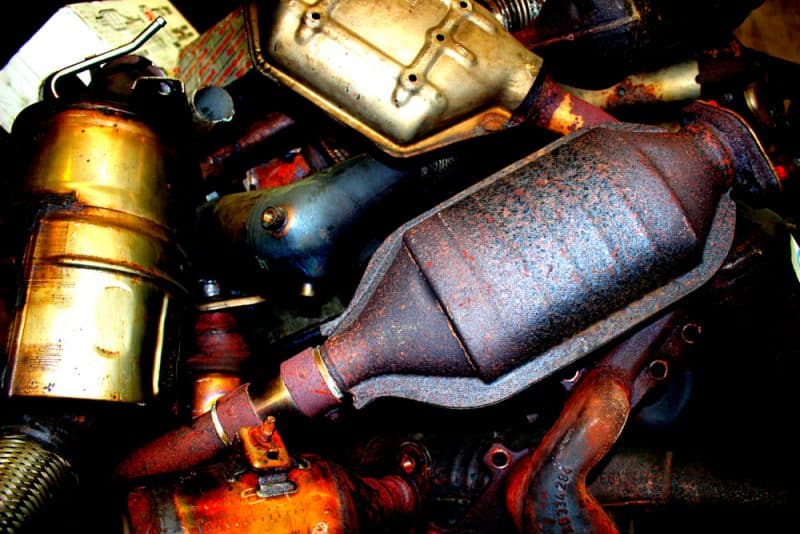
Of course, you need something to shield your catalytic converter – the heat shield helps protect the catalytic converter from excessive heat.
And it doesn’t stop there – it goes a long way in preventing car components from heat-causing damage.
It also prevents the converter’s heat from starting a fire on interaction with dry leaves or bush.
The converter shield feature comes with almost every newer car, which should tell us how important it is.
If your car comes with the converter heat shield, then do not hesitate to install it on your vehicle.
But if it’s not a heat shield car, then you might be allowed to use your vehicle without the shield – always ensure to check the Owner’s Manual for hands-on information.
The catalytic converter heat shield covers the exhaust manifold; it directs heat from the engine to the exhaust.
As I earlier informed you, doing this saves the risk of potential damage to vulnerable components of the vehicle.
The above provides enough to match your doubts with worthy answers to your questions without reiterating them.
Now asking whether you need a heat shield on your cat is like asking, ” Do I need an insulator for my electric wires?”
But, of course, you know how that sounds. The shield, in this case, is, therefore, the insulator.
It is the shield that regulates heat. The cover under your car regulates the heat; it directs it away from vulnerable components of your vehicle.
The heated heat generated is equal to 900°F and can melt cadmium and aluminum.
However, the converter is not a coolant or freezer or anything close to that, but it’s more like an insulator – metal-insulator?
Funny huh? Well, that’s a better description of it, seeing that it impedes the flow or spread of gross heat by redirecting the heat to a different channel.
Can You Drive Without A Catalytic Converter Shield?
Well, can you drive without a windscreen on your car or not? Now you could still move your vehicle whenever you want – that doesn’t impact the car’s engine.
So your car can move perfectly and work very fine even if there’s no windscreen.
As in the case of the windscreen, the heat shield is of great importance, but it doesn’t stop your car from moving.
Leaving out the heat shield has no immediate consequences and may be considered with little precedence.
Although you can drive without a converter heat shield, I do not recommend so since the disadvantages outweigh the advantages.
Like the cat converter, there are a lot of features that, even without it, your vehicle can move fine – like the remote start, the push start button, the AC system, and others.
But neglecting the heat shield isn’t as risk-free as the other features.
Many reported fire accidents or infernos emanate from the burns occasioned by the uncontrolled heat from a catalytic converter.
Since the converter is a device that helps convert toxic substances to less toxic ones in the internal engine, there is a great amount of heat released in the process.
The heat generated because of this mechanism spreads over by convection. It could then be risky to drive without the heat shield considering the risk involved.
But many others are blind to this potential danger – it might not happen in your time, but it’s never a guarantee that it won’t happen.
The heat shield goes awry as time progresses. You will begin to notice your heat shield rattling, and the truth is the sound is uncomfortable, which is why some people can’t take it anymore.
They remove the shield without replacing it. Heatshield rattle is always disturbing; funny enough, they don’t always start when you might say you’re prepared.
Heatshield rattle occurs when the heat shield bolts that hold it on begin to rust. Of course, because of the heat, rusting is simply inevitable – when the bolts and the cover itself begin to rust, the fear of rattling steps in.
The fear begins to lock into reality as the rust increases due to the continuous use of the device.
As the heat shield bolts rust to an extent, the material begins to chop off, and you now have a loose heat shield.
The rattling heat shield continues to depreciate greatly, but no attempts are made to fix the heat shield loss. The converter continues to chop off and chop off until the rattling gets unbearable.
Is A Catalytic Converter Cover Necessary?
A catalytic converter cover is not a necessity per se, but it’s risky to skimp it. There’s no limit to the risk you might be operating on without the converter.
The shield prevents you from setting up fire just by little contact with dry leaves if you live where you could find this.
You will never experience 100% comfort even in your car without the cover. To an extent, it is the shield that saves your feet from melting together with your carpet.
It is also the shield that stops your vehicle from burning inside and outside – what you could call self-destruct.
The heat produced from the operations of your car engine, the cat itself, and other heat-generating components is capable of performing the aforementioned unwanted tasks.
Simply put, it is squirrelly dangerous to untie your cat converter cover.
Heat Shield Pros And Cons
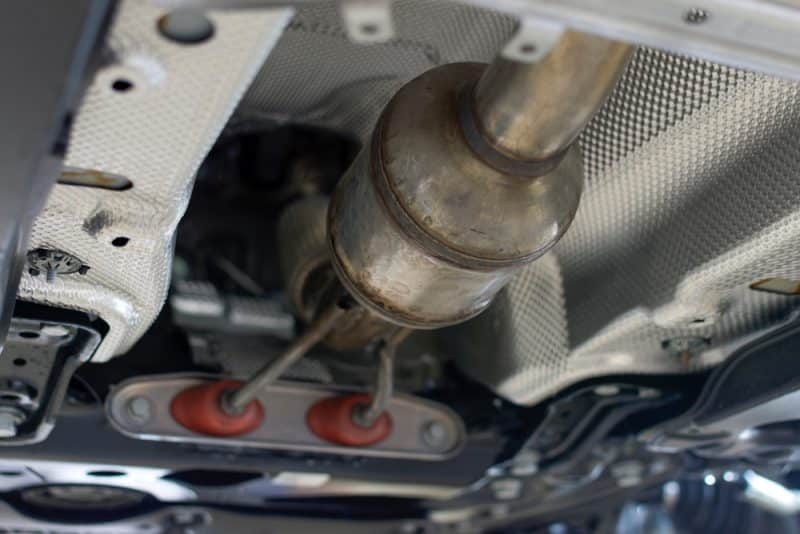
To help you understand in detail, let’s compare the pros and cons of the catalytic heat shield.
Many argue sincerely that they see no pros to removing the heat shield, and some say you can do so, but you should take it off the header.
On the other hand, the heat cover has a few pros and maybe just be a challenge. Well, let’s begin with the pros.
#1. Heatshield Pros
Of course, everything about the heat shield is superb. The feature is just not good but excellent when you take a closer look at it.
We’ve already mentioned most of the pros in the discussion above. However, an outline of that could be more insightful.
Therefore, the advantages include;
- The heat shield holds a great deal of heat – this, above all, is a major function. Because the heat shield holds a great deal of heat away from both the internal engine and the catalytic converter, it retains the heat and directs it away from the vulnerable components.
So no matter how the rattling disturbs you, you shouldn’t cut and remove the heat shield. - The heat shield indirectly regulates car warming. Cars without the remote starter could also get warm or hot because of the heat shield.
It simply answers the prayers of those who live in a cold environment; just by installing the feature, you could be sure of warming your car and enjoying the heat passed moderately.
#2. Heatshield Cons
Most people who grow weary of the rattling heat shield will choose to remove it because they can’t stand the displeasure of the rattling.
So what could be considered the cons of such a great feature that offer nothing but safety? However, as a cliche suggests, “everything has advantages and disadvantages.”
Therefore the following could be considered the downside of installing a heat shield.
- Heatshield rattle – this appears to be many people’s concern on the heat shield feature. The rattling is disturbing because it’s inevitable, except you are always electroplating the surface.
Due to the heat produced, it invites corrosion and thus causes a noticeable difference in the sound and appearance of the cat cover.
CATALYTIC CONVERTER HEAT SHIELD KIT – NEW
Conclusion
The heat shield feature installed on newer vehicles helps control the heat from engines. The fear of explosion is what necessitates the build-up of the protective sheet.
The catalytic converter heat shield should be necessary considering the pros it comes with – the safety it offers.
It is, however, not a coolant but an insulator-like sheet that resists the spread of heat.

